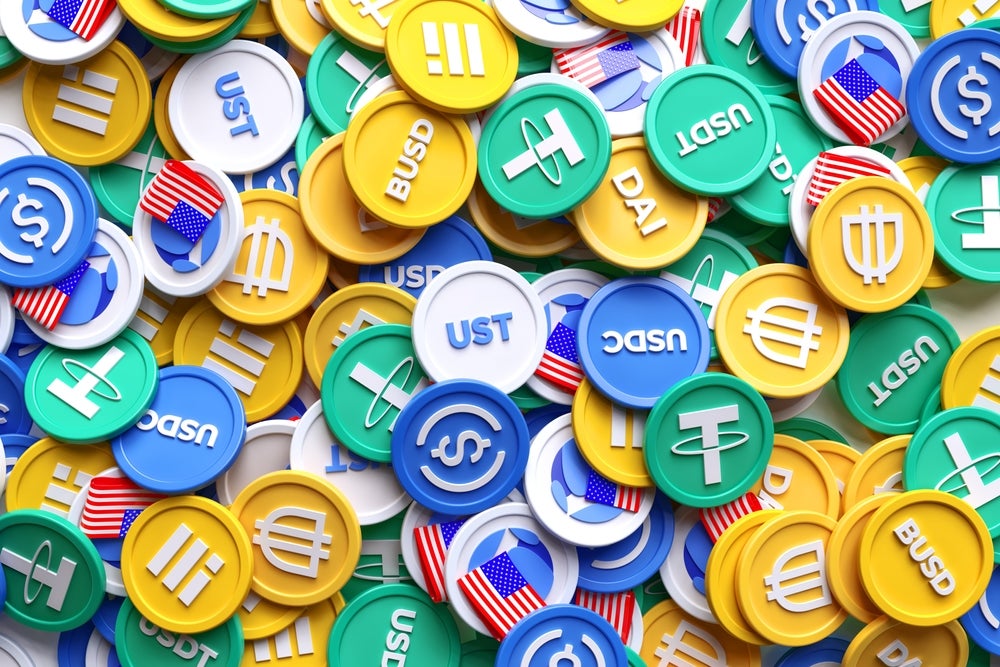Serving as a bridge between fiat and crypto currencies, stablecoins are uniquely positioned to become a dominant payment method in the rapidly evolving digital payments landscape.
By combining the stability of fiat currencies with the technological advantages of crypto, stablecoins offer a compelling alternative for global transactions. They fulfill the three primary functions of money (store of value, medium of exchange, and unit of account), while enabling the nearly instant, cost-effective transfer of regulated digital dollars worldwide, independent of traditional intermediaries.
GlobalData Payment Instrument Analytics
The second-biggest stablecoin by market cap, Circle’s USDC, achieved a remarkable cumulative transaction value of $20trn between January 2020 and December 2024. To put this into perspective, this figure is double the combined value of cash ($6trn) and digital wallet ($3.5trn) transactions processed in the US during the same time period, according to GlobalData’s Payment Instrument Analytics.
While payment cards accounted for nearly $46trn in transaction value over those five years, the Federal Reserve Bank of Atlanta speculates that stablecoins have the potential to rival card payments in the near future, signaling a transformative shift in how value is exchanged globally.
JD Power 2025 US Merchant Services Satisfaction Study
Indeed, JD Power’s 2025 US Merchant Services Satisfaction Study revealed a notable shift in payment preferences, with at least a third of US small business owners now imposing surcharges on customer purchases made using credit cards. As a result, 41% of credit card users opted not to pay by card due to these additional fees. While A2A payments have yet to gain widespread traction, blockchain-based stablecoin transfers are emerging as a viable alternative, offering a cost-effective solution to the growing expenses of traditional money movements, which only continue to grow in many countries.
The positive impact and potential of stablecoins are perceived far beyond the US border, with Circle establishing its coin as ‘the world’s digital dollar’ in its State of the USDC Economy 2025 report.

US Tariffs are shifting - will you react or anticipate?
Don’t let policy changes catch you off guard. Stay proactive with real-time data and expert analysis.
By GlobalDataBesides streamlined cross-border transfer capabilities, for those living in countries with rapidly weakening local currencies, stablecoins such as USDC have become a lifeline, acting as a secure store of value.
Notable fund inflows to stablecoins have prompted regulatory attention, however, as evidenced by Banco Central do Brasil aiming to ban stablecoin withdrawal to self-custodial wallets, to avoid further decentralisation of its domestic banking and payments sectors. Nevertheless, in January 2025, Nubank announced a 4% annual return on USDC for Brazilians, a highly attractive added yield on top of the devaluation hedge, as the BRL saw a 21% decline against the USD during 2024.
Furthermore, with Donald Trump banning the creation of an American CBDC on his first week in office, these USD reserve-based stablecoins issued by private US fintechs are poised to serve as the closest iteration of a ‘digital dollar’ in the current landscape, solidifying their role as a bridge between traditional and decentralised financial systems.
Blandina Szalay is an analyst, banking & payments at GlobalData








